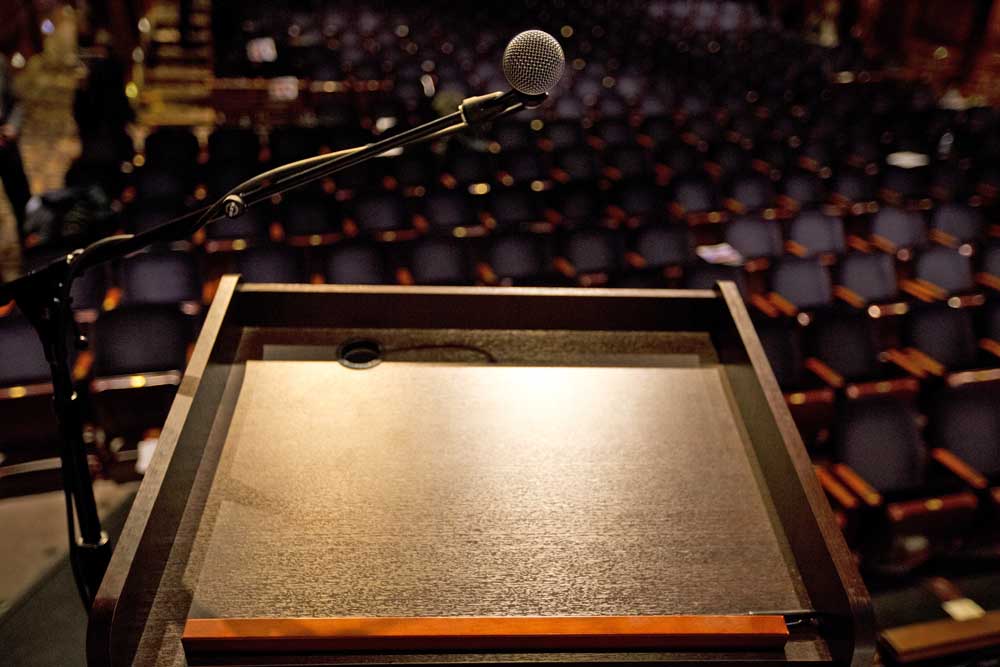Guest column: Residential fire sprinklers can save lives
Published 12:00 am Wednesday, October 30, 2019

- Guest Column
Bend Fire and Rescue is grateful to The Bulletin for the recent editorial, “Should Bend require residential fire sprinklers” and wishes to continue the discussion. We have both responded to hundreds of structure fires, and each one creates a terrible day for a family. Occasionally, we encounter a fire in a home equipped with fire sprinklers, and in every one, the family has had time to escape because the sprinklers suppressed the fire, the firefighters have been able to enter the building safely to finish the job, and the damage has been minimal.
Residential systems are quite different from the sprinkler systems designed for commercial buildings: home systems put out about a tenth the amount of water and are designed to provide you time to escape and give firefighters a safer entry: They are not intended to extinguish the fire completely, rather, they are designed to buy valuable time.
A few decades ago, the fuels (furnishings) in a house were generally made of natural materials, and one had time to grab a bucket of water and extinguish it. Nowadays, because most household furnishings are made of plastic, and we all have a lot more stuff (fuel), a fire in a home burns far hotter, faster and with much more toxic smoke, and you literally have no time to get water. Non-survivable fire conditions can develop within 3-5 minutes, so faced with a fire, you simply must get your family and yourself out immediately. Residential sprinklers can buy you the time to increase your odds, make it safer for firefighters entering the building and can mean the difference between simple mop up and a body recovery.
One measure of fire service efficiency is response time: the duration from receipt of call to arrival on scene, with further time required to apply water to the fire. A residential fire sprinkler head typically opens within a minute of a fire start, whereas the first arriving engine response time standard in Bend is 6 minutes, with another 2-3 minutes before water is applied. The sprinkler system is designed to keep the fire at bay until crews arrive.
As building density increases, homes are being built close together and an uncontrolled structure fire can easily spread to neighboring houses, endangering more families. So a residential sprinkler system actually protects your neighbors, too.
Cost is an issue that is always raised. As the recent editorial stated, cost is about $1 per square foot. In a 2,500 square foot new house, the $2,500 spent on a sprinkler system, added to a mortgage and amortized over 30 years is about $7 per month. This amounts to 0.5% of the overall cost. Several jurisdictions across the country, including Scottsdale, Arizona, have adopted residential sprinkler ordinances with demonstrably safer families and communities: Scottsdale’s per capita fire loss is one-fifth of the West Coast average loss, thanks to a strong collaborative effort between municipal and development entities. Also, many insurance companies will offer discounts for sprinklered homes.
Even a small fire in an unsprinklered house will cause financial hardship and disruption: You may be out of your house for months, dealing with insurance, banks and builders. An injury to a firefighter adversely affects the outcome of an incident and causes hardship for his or her family, the department and ultimately the community. A simple residential sprinkler system can prevent or minimize all of that.
Bend fire is a national leader in innovative and collaborative service delivery, and we invite the building and real estate community to partner with us to reduce our community’s risk of fire loss and injury. We are here to protect our community from harm by bringing our best to every single call for service, and we offer a positive challenge to our community to join us.
— Dave Howe is battalion chief and Bob Madden is deputy chief of fire operations for Bend Fire and Rescue.






